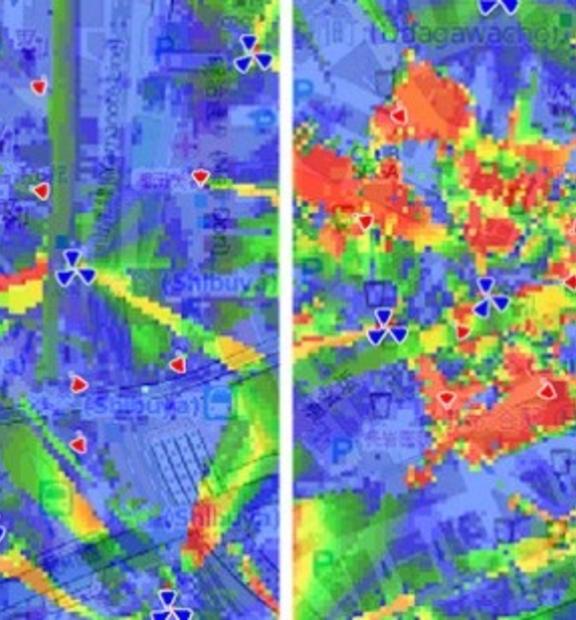As of late last year, there are more mobile devices on Earth than there are people. And, of the billions of mobile phones in use, about half are users' primary method to connect to the Internet. This places considerable demand on mobile network capacity and bandwidth, particularly in urban areas of the developed world, where it is hard to meet subscriber demand with traditional macro cells.
Most in the telecom industry agree that small cells will be deployed to meet high mobile data demands, especially in dense urban areas. This is mainly due to three factors:
1) Mobile operators need to utilize existing frequency resources in the best possible way
2) Mobile operators feel pressure to provide more capacity in the areas where subscribers are using their networks the most
3) Small cells offer a lower total cost of ownership (TCO) than traditional macro cells do
Small cell market growth was slower than expected in 2013, but is now expected to pick up. In fact, Infonetics forecasted a 65 percent increase in the small cell market to reach $1.3 billion USD by the end of 2014; by 2018, the analyst firm predicts that this market will be worth $2.5 billion USD.
 At the same time, small cell backhaul requirements are more complex than those of macro cell backhaul. Senza Fili expects that the TCO of backhaul networks will be twice as high for small cells as for macro cells (likely 40 percent of TCO for small cells, compared to 20 percent for macro cells). It is, therefore, extremely important for mobile operators to have an effective and cost-efficient backhaul planning solution in place to optimize CAPEX and ensure high performance for small cell backhaul networks.
At the same time, small cell backhaul requirements are more complex than those of macro cell backhaul. Senza Fili expects that the TCO of backhaul networks will be twice as high for small cells as for macro cells (likely 40 percent of TCO for small cells, compared to 20 percent for macro cells). It is, therefore, extremely important for mobile operators to have an effective and cost-efficient backhaul planning solution in place to optimize CAPEX and ensure high performance for small cell backhaul networks.
InfoVista supports mobile backhaul network planning with its microwave link and transmission planning solution, Mentum Ellipse. Already 76 percent of InfoVista customers agree that Mentum Ellipse is an essential tool for planning small cell backhaul networks. Building on that success, we are proud to bring the newest release, Mentum Ellipse 8.4, to the market. The focus of this release is on small cell backhaul planning, with extensive support for non-line-of-sight (NLOS) links, both on high and low frequencies. Among the new capabilities are a 3D viewer for urban environments, InfoVista's propagation model P3M, detailed reflection analysis and more efficient workflows to improve both point-to-point and point-to-multipoint backhaul planning.
To learn more about how this new release improves mobile transmission planning and to see how Mentum Ellipse addresses NLOS planning for small cell backhaul, please view InfoVista's webinar.
Many operators, like Vertel, have already benefited from replacing their legacy backhaul network planning and design tools with our next-generation Mentum Ellipse solution. For those who want to explore those benefits first-hand, a free edition of the software, Mentum Ellipse Express, is also available for download.










